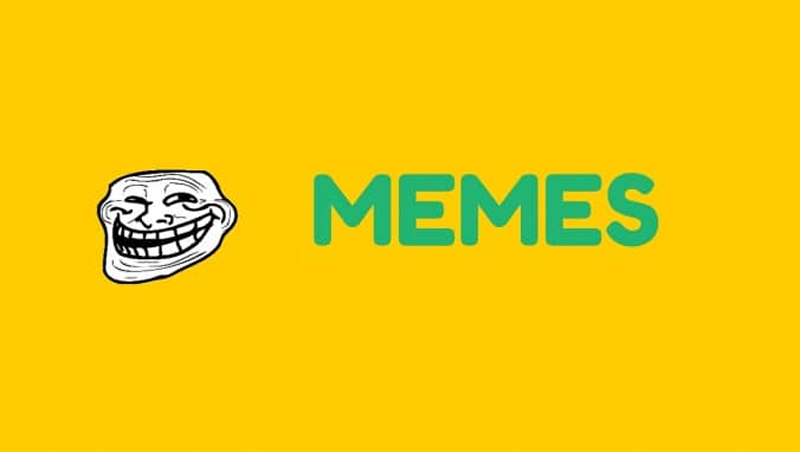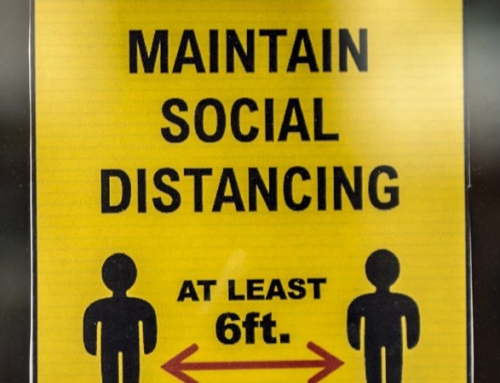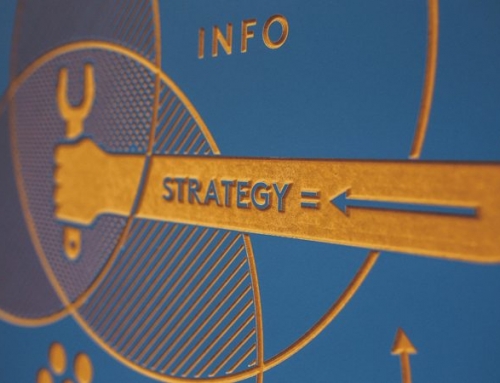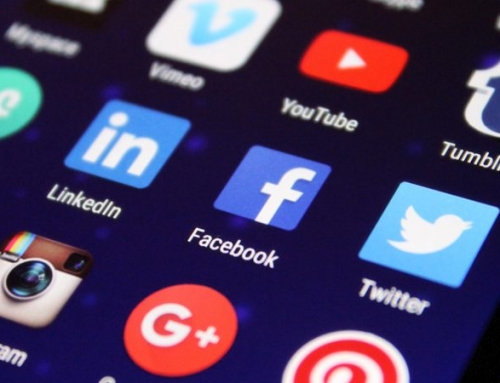From disappointed Wonka to serious cat, the humble meme has developed from a way for forum users to make each other laugh to one of the most commonly used means of digital communication in 2019. If you’re under 30, you can probably have full blown conversations using memes alone, such is the impact of this bizarre but intriguing use of simple text and imagery. Marketeers have been using memes in their campaigns for a while now and its proving to be a very effective tool for some. Here’s Probella’s guide on how to use memes for marketing in 2019:
1. Choose a theme people understand
Being obscure and edgy can be effective when you’re targeting an audience but the whole point of memes is that they’re supposed to go viral. To do that, they need to be based around something a lot of people know about and understand. Films, TV shows, musicians and fashion are all goldmines of potential source material. Don’t be afraid to recycle, either. Unless you’re creating memes for comedic purposes only, there’s absolutely no shame in repurposing a popular and well-loved meme to suit your own message. Just make sure you aren’t infringing on any copyright laws.
2. Keep them short
It’s impossible to create a meme that has impact when you use too much text. Sentences don’t necessarily have to be so short your kids could understand them but do keep them as simple and clear as possible. The message needs to be absorbed quickly and the text itself is only really there to compliment the image. It could be the voice of a character or perhaps a commentary on what’s happening in the picture itself but ensure people “get” it within a couple of seconds, otherwise it simply won’t work.
3. Be Blatant
This isn’t a subtle form of advertising. It’s essentially a smaller version of a billboard in the way that the audience receives the information. They glance at it, rather than studying it like a work of art. If you have a sale on, say so. If you’re offering a 50% discount to new online customers, make that impossible to miss. You probably do want to get a laugh or create a sense of intrigue but remember that you’re creating this purely to drive traffic.
4. Use them on the right platforms
Generally speaking, memes should be used sparingly on Facebook and Twitter, but you can get away with posting them fairly frequently on apps like Instagram and Pinterest. This comes down to what audiences expect to see on certain platforms. Repetitive content does quite well on photo sharing apps, but it can be irksome to people browsing twitter for news, for example. If you do post memes on Facebook, try to do so at a time when your users are likely to engage with them. That way you can let them do most of the sharing for you.
5. Remember that memes have a “shelf life.”
Like old sit coms or pop songs, memes can reach a point in their life span when they become so familiar, they lose all their original impact. Try to use images that are either trending or well established, but not to the point that people are already of tired of seeing them. This style of marketing is usually just a bit of fun but if you keep posting wildly out of date or irrelevant content, it can affect the way people view your business.
6. Avoid Controversial Memes
Short messages that are intended to be humorous or ironic can be easily misconstrued by somebody who sees them out of context. Even if you have the best intentions, if an image has been used for hate speech or anything else illegal, you could seriously damage your reputation. To avoid this, take some time to check any images you use to ensure they don’t have hidden connotations you aren’t aware of. Similarly, anything associated with political parties, extreme movements, controversial viewpoints or otherwise “difficult” subject matter should usually be avoided.
7. Capitalise on Existing Characters
From Homer to Hancock, there are a wealth of characters with fully formed personalities that you can potentially use for your own marketing purposes. As always, you need to be careful not infringe on copyright or break any laws, but this technique can be extremely effective. When an audience recognises a character, they already have a tone of voice in their head. If you can use this to deliver your message to them, there’s a good chance it will have more impact than if you described it in a lengthy email.
8. Use Large, Clear, Solid Text
The font needs to be readable, clear and above all, bold enough to stand out against the background colours of the image. This probably seems like basic stuff, but it can make all the difference. Avoid “jokey” fonts like comic sans or anything too ornate. The joke or message you are presenting is within the image and the meaning of the text, you don’t need to add any more layers.
9. Include Your Website Address Somewhere in the Image
Make sure you include the URL somewhere on the page. This works like a watermark or brand logo in some ways and it can be a simple way of confirming that that the image is related to your business. If it appears on somebody’s Instagram feed or twitter because it’s been reposted, you want people to know exactly where it’s come from.
10. Avoid Serious Topics
They just don’t work. Keep things light-hearted and easy going. Even if you’re using darker humour, try to make sure your end goal is to raise a smile, rather than a frown. People are used to memes being funny, so they usually look at the image searching for a joke. If they do this and find a depressing or dull message, the overall feeling they’re left with is disappointment.






